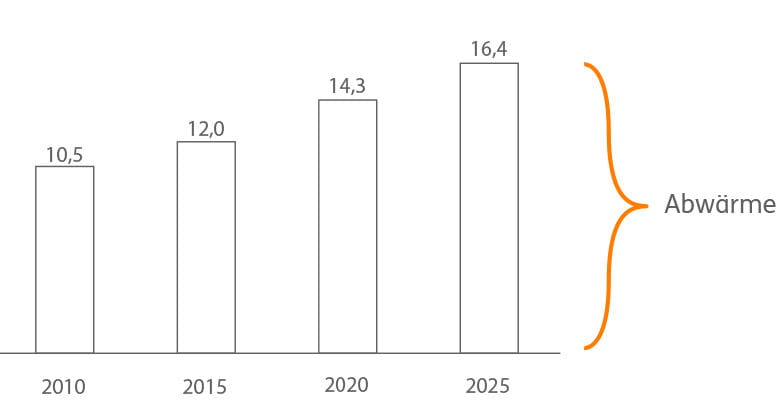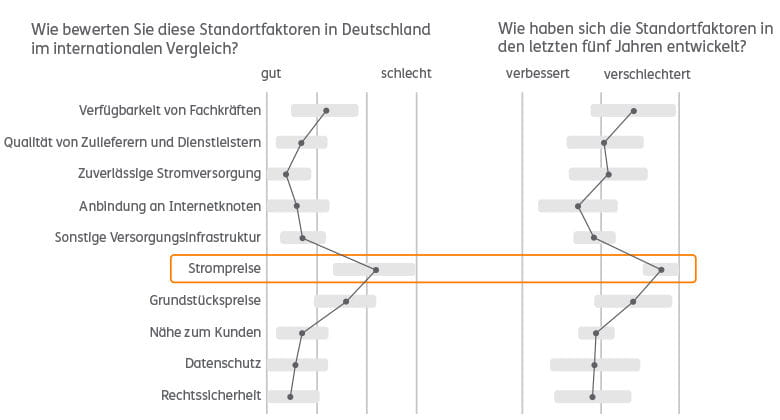Dream server incl.
Windows Server 2022 Essentials
Rack system, tower or microserver? You decide!
Energy consumption in the IT industry continues to grow. Data centers in Germany used as much energy in 2015 as three million households. Cooling and air conditioning are the biggest contributors to this beyond powering the servers. And most of the heat generated by these servers is not recycled.

Energy costs account for roughly 20 to 40 percent of a data center's overall operating costs. In connection with Germany's high energy prices, this could make it difficult for Germany to remain attractive for data centers. Many data center operators are moving out of the country, even though Germany is very competitive regarding most other relevant criteria.

According to a BITKOM study from 2015, operators see the greatest savings potential in air conditioning and cooling. 77 percent of those surveyed expect improvements in this area. For heat recycling, this figure was 59 percent. However, the potential in conventional air cooling has been mostly exhausted. It seems only minor improvements can be achieved and these usually require high investment costs.
Furthermore, new generations of high-performance CPUs produce so much heat that they hardly can be cooled effectively with fans. A modern server CPU now produces four times as much heat as a stove per square centimeter.
This makes cooling the limiting factor when it comes to increasing the power density in the data center. With conventional 19-inch servers and air cooling, the maximum power density has been stagnating in practice for years and amounts to about 5 kW per rack. Depending on the utilization rate and the degree of virtualization, values between 1.5 and 4 kW are the norm in operation. With liquid-cooled servers, the power density can be more than doubled without using proprietary technologies such as blades.
Liquid cooling is essentially an order of magnitude more effective than air cooling because of the high thermal conductivity and heat capacity of water. In the case of cooling with water, the user is also substantially more flexible in utilizing waste heat, since this permits the use of conventional heat exchangers and buffer stores for building technology.
Innovative cooling concepts therefore offer not only long-term advantages for operators, but are also a necessity if Germany is to remain attractive on the data center market.
You can contact us at any time for more information.